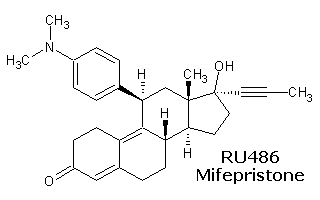 Will Davis emailed me from France to ask if the molecular structures on the site are photos:
Will Davis emailed me from France to ask if the molecular structures on the site are photos:
“I have read a book written about five years ago by a research biologist who wrote that …no one has seen a molecule. Now I see on your website photos of molecules. Are these real photos or a representation. Is this biologist either wrong or out of date?”
Well, he’s right and he’s wrong. You cannot take a photograph of a molecule. For a photograph you need light and the wavelength of visible light is just toooo long to resolve the features of a molecule. So, no, those aren’t photos of molecules you see littered around Sciencebase, I draw them using software such as ACD/Labs’ ChemSketch and then render them in Diamond, which can produce photorealistic renditions of a chemical structure. An additional step to add shadowing and make them even more 3D realistic is possible using Pov-Ray.
However, that said, molecular imaging has moved on during the last few years and it is possible to detect the presence of a molecule using the tip of something like an atomic force microscope (AFM) and to then use the perturbations of the tip to generate a three-dimensional image of the surface of said molecule.
 Belgian scientists today reiterated a warning that certain cases of asthma could be linked to swimming in stuffy “chlorinated” indoor pools but chemistry may have the answer, according to charity Allergy UK, which has awarded its ‘Seal of Approval’ to a novel alternative of which hot-tubbing ancient Greek philosopher Archimedes would be proud.
Belgian scientists today reiterated a warning that certain cases of asthma could be linked to swimming in stuffy “chlorinated” indoor pools but chemistry may have the answer, according to charity Allergy UK, which has awarded its ‘Seal of Approval’ to a novel alternative of which hot-tubbing ancient Greek philosopher Archimedes would be proud.


